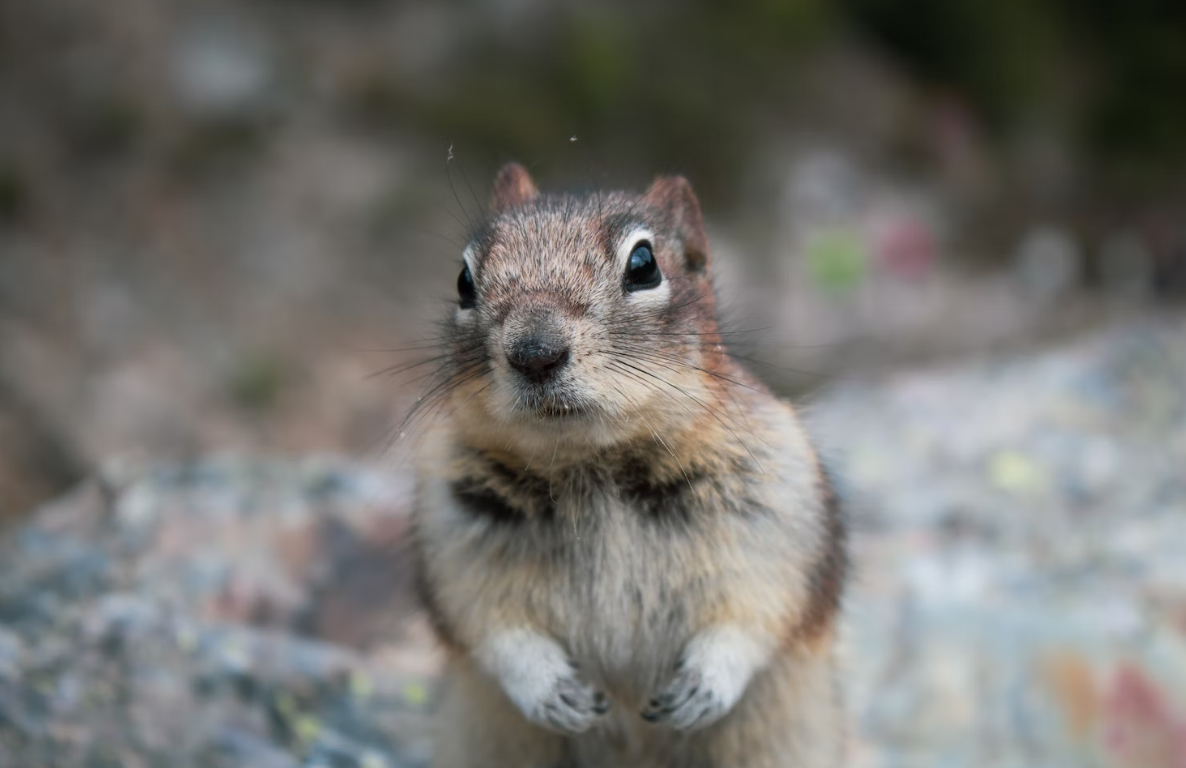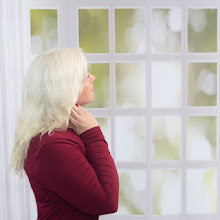But what about the first six months of the year? January through May? This is the hardest time of year for me personally. Summer and Fall are full of interesting activities and holidays. But Winter, and even Spring, is a disappointment. And let’s not talk about the fact that February cheats us out of a couple of days every year.
Yes, there are somethings going on in the winter and spring months: Valentine’s Day, St. Patrick’s Day, Easter, Cinco de Mayo, and blooming flowers. But you don’t get time off work for any of these holidays. Easter is an important holiday in the Christian religion and the Easter bunny is a lot of fun. I do enjoy Easter, but it is always on Sunday with work and most activities resuming the next day.
And even in spring the days can be rainy, cloudy, and really cold.
I also personally have some sad memories from the first half of the year.
I am not alone in missing the warmth and sunlight in the summer and start of fall. As the seasons turn, it is not unusual for the decrease in the amount of sunlight to affect our energy. The body seems to slow down, we feel fatigue, we are slow to wake in the dark of the morning—similar to the of seasonal response among other animals. In one survey, conducted in the state of Maryland, over 90% of those surveyed reported that they felt some difference in mood, energy, or behavior with the change of seasons.*
But for some people the change in energy level is so extreme they have trouble functioning. These people—some estimates say 11 million in the U.S.—have seasonal affective disorder (SAD), or winter depression.*
Dr. Norman E. Rosenthal, M.D., professor of psychiatry at Georgetown University and researcher at the National Institute of Mental Health (NIMH), coined the term Seasonal Affective Disorder—over two decades ago. The disorder takes up half the year. The average duration is five months at 39 degrees latitude North of the equator. "And we're not talking about the Arctic Circle here." Quotes Dr. Rosenthal. “The disorder is rare in those living within 30 degrees of the equator, where daylight hours are long, constant, and extremely bright. But only recently has it become clear how the disorder emerges from seasonal change.” *
Out of curiosity, I pulled up my location. I am 33.6469 Degrees north of the equator. So, I am not as far north as 39 degrees. Yes, the weather in my area is much better than in the Northwest or Northeast USA. And yet the decrease in daylight still affects me greatly. Years ago, I used to frequent tanning salons. I tried them out in my early twenties for fun. They were pretty popular at the time. I found I really liked them. Not because of how they made me look but more because of how they made me feel. The ultraviolet (UV) light seemed to brighten my mood. I don’t tan anymore but I do miss how it made me feel. Carefully timed exposure to specific types of light early in the morning can be therapeutic for seasonal depression.* I recommend discussing this type of treatment with your doctor if you are interested in it.So, I decided I needed to look for some fun activities or hobbies for the next few months.
I ordered an Every Day is a Holiday calendar. It is fun because each day is a serious, or silly, holiday. I mean, who doesn’t want to celebrate Squirrel Appreciation Day (January 21) or pick out your favorite grouch on Do a Grouch a Favor Day (February 16).Other holidays that sound fun include Puzzle Day on January 29th. There are so many types and levels of puzzle, from easy to very difficult. There are word searches, crosswords, Sudoku, or jigsaw puzzles. If is raining (or snowing where you are) outside, a jigsaw puzzle may be something fun.
February 26 is Tell a Fairy Tale Day. If you have kids, perhaps read them your favorite fairy tale. Rolling your eyes? No worries. There are silly fairy tales you can find online, fractured fairy tales, or you can always make up your own.And let’s not forget Alfred Hitchcock Day on March 12th. Who doesn’t want to watch a Hitchcock movie? Or watch a show in the same genre?
It is fun because EVERY day is a holiday.
Now would also be a good time to try a new recipe, start a new hobby, try a new food (or just even a new brand), read a book you would never read otherwise or watch a funny movie. Laughter is a great activity to lift your mood! Think about what you like to do! There are so many things you can do, even if you are stuck in the house due to the weather. My new hobby is to find out how to create my own cartoons, despite the fact that I am not an artist, nor do I have a natural ability to draw. I look forward to seeing what programs or apps are available. To me, it is going to be so fun to make my own cartoons. I love being creative!As I write this, it has been a tough week for me. I had some medical challenges, and I am not feeling like myself. Because my depression is under control, and I have learned to thrive with my condition, I feel uneasy (just sort of icky), but I am not experiencing full-blown depression. I also know that this out-of-sorts feeling will be over soon. I am still looking forward to the future rather than feeling hopeless. And that is the big difference in learning to thrive with depression. Thriving does not mean that I am happy 24 hours a day. I experience the normal range of emotions like everyone else. It means that I don’t feel the pit of depression in the bottom of my stomach, that feeling of drowning, or the blackness that is hopelessness. It means I am okay, and I still find enjoyment in life. It means I am not hopeless!






).gif)

Comments
Post a Comment